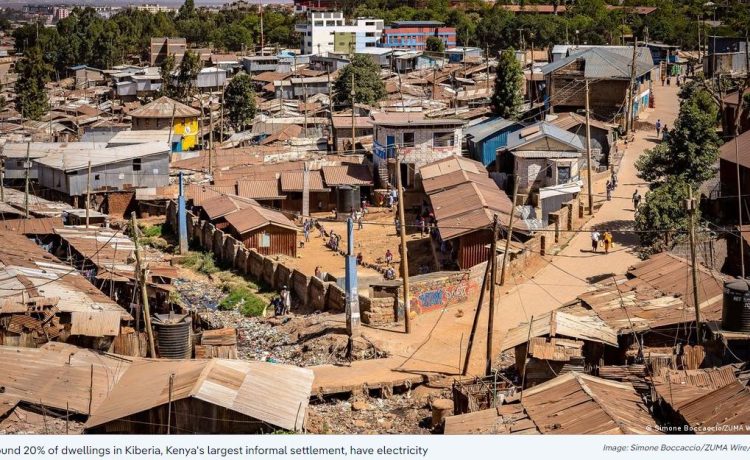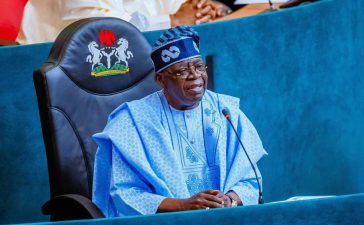Despite Kenya’s impressive 87% renewable energy generation, the East African nation grapples with recurring nationwide power outages, exposing vulnerabilities in its energy infrastructure. The most recent blackout in mid-December marked the third in three months, prompting concerns about the reliability of the system.
Citizens, like Mulei Collins in Nairobi, express frustration, highlighting the impact on daily life. Urban development consultant Charles Onyango attributes the problem to governance issues, emphasizing that poor governance leads to subpar service delivery. Dancan Oluoch, an environmental science student, notes the disruptions the blackouts cause, hindering business transactions and catching many unprepared.
Kenya heavily relies on renewables, including geothermal and wind energy, but experts point to potential weaknesses in the fragmented energy sector. Victor Kenga, a renewable energy expert, highlights the lack of monopolization in Kenya Power and KenGen as a challenge. The absence of clear leadership on energy further complicates the situation.
Cabinet Secretary for Energy and Petroleum David Chirchir attributes the recent outages to overloaded transmission lines. To address the issue, the government has approved a new transmission line funded by the African Development Bank and Japan, aiming to complete the project within 20 months with a budget of $420 million.
However, challenges extend beyond the energy sector, with insufficient infrastructure in transmission and distribution networks. Pockets of excess power coexist with regions facing severe shortages, revealing a mismatch between generation capacity and distribution capabilities.
President William Ruto’s push for sustainable solutions faces obstacles as the frequent blackouts overshadow Kenya’s ambitions. Despite approving new projects, the evidence of endemic outages highlights the hurdles Kenya must overcome to achieve its vision of a reliable and sustainable energy future.






